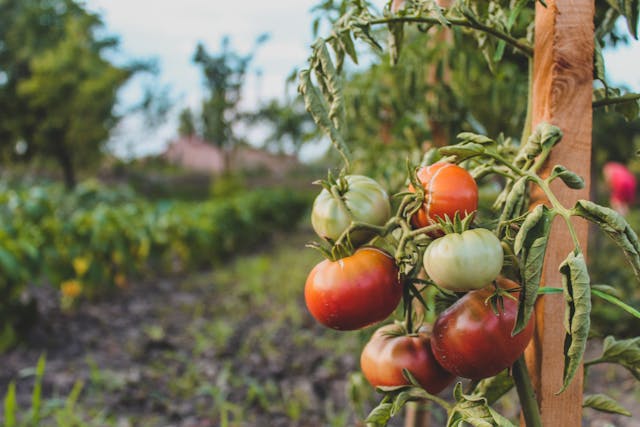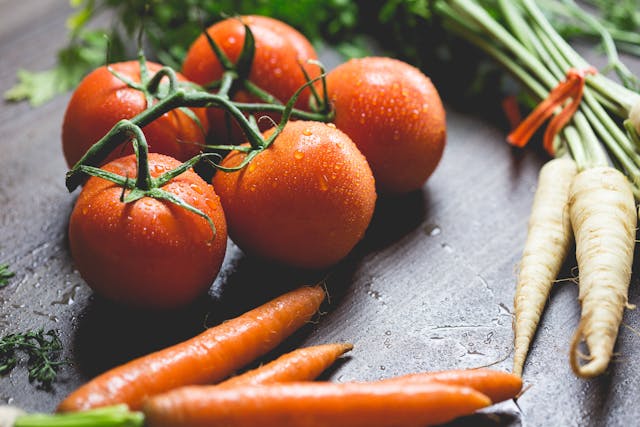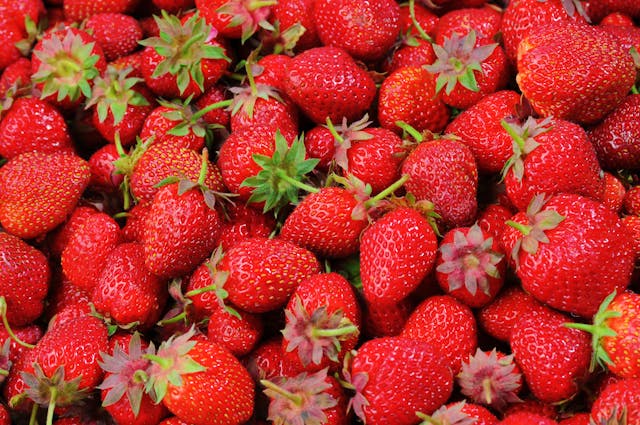Physical Address
304 North Cardinal St.
Dorchester Center, MA 02124
Physical Address
304 North Cardinal St.
Dorchester Center, MA 02124

Raised beds are a game-changer for gardeners, offering improved drainage, better soil quality, and easier maintenance. Whether you’re short on space or looking to maximize your garden’s potential, growing fruits and vegetables in raised beds can yield impressive results. But what should you plant? Here’s a list of the best fruits and vegetables to grow in raised beds to ensure a thriving garden all season long.
Raised beds offer multiple benefits for home gardeners:

Carrots thrive in the loose, well-draining soil of raised beds. Avoid rocky soil, which can cause misshapen roots. Sow seeds ¼ inch deep and keep the soil moist for proper germination.
This nutrient-rich leafy green prefers cool weather and partial shade. Plant kale in early spring or late summer for a continuous harvest.
Both bush and vining varieties of cucumbers grow well in raised beds. If growing vining types, install a trellis for support to keep the fruit off the ground.
Lettuce is a great option for raised beds as it grows quickly and takes up little space. Succession planting every two weeks ensures a steady supply of fresh greens.
One of the fastest-growing vegetables, radishes mature in as little as 35 days. Sow seeds directly into the soil and keep them well-watered for crisp, spicy roots.
Like lettuce, spinach is a cool-weather crop that thrives in raised beds. Grow it in early spring or fall and harvest leaves as needed.
Cherry and determinate (bush) tomatoes are ideal for raised beds. Provide support with cages or stakes, and plant in a sunny location for the best yield.
Dwarf pea varieties are perfect for raised beds. If growing vining types, use a trellis. Sow seeds in early spring for the best results.
Bush beans don’t require support, while pole beans will need a trellis. Beans prefer warm soil, so plant them after the last frost.
Onions grow well in raised beds, especially when started from sets. Keep them well-spaced and plant near companion crops like tomatoes and peppers.
Beets need loose, well-draining soil. Sow seeds directly into the bed and keep the soil consistently moist for even growth.
Bell peppers and hot peppers flourish in raised beds with plenty of sun and well-draining soil. Start seeds indoors or buy transplants from a nursery.
Zucchini is a prolific producer that thrives in warm soil. Directly sow seeds into the bed and provide ample space for sprawling growth.

Strawberries are ideal for raised beds since they prefer well-draining, rich soil. Space plants 8-10 inches apart for optimal growth.
Figs grow well in raised beds filled with nutrient-rich soil. Choose a variety suited to your climate and provide adequate sunlight.
If you live in a warm climate, bananas can be a fun addition to your raised bed garden. They require full sun and nutrient-rich soil for best results.
Compact varieties like Sugar Baby watermelons are best for raised beds. Use a trellis to support growing fruit and ensure plants receive plenty of sunlight.
Cantaloupes need warm temperatures and well-draining soil. Provide a sturdy trellis for support if space is limited.
Perfect for jams and baking, currants thrive in well-drained, nutrient-rich soil. Ensure proper spacing and regular watering.
Raspberries do well in raised beds as they need good drainage and rich soil. Space plants 18-24 inches apart and prune regularly for the best yield.
Best Fruits And Vegetables To Grow In Raised Beds offers numerous advantages, from improved soil conditions to easier maintenance. By selecting the right plants for your space and climate, you can enjoy a productive and thriving garden season after season.
What are your favorite crops to grow in raised beds? Let us know in the comments below and explore more at Sow Haven!